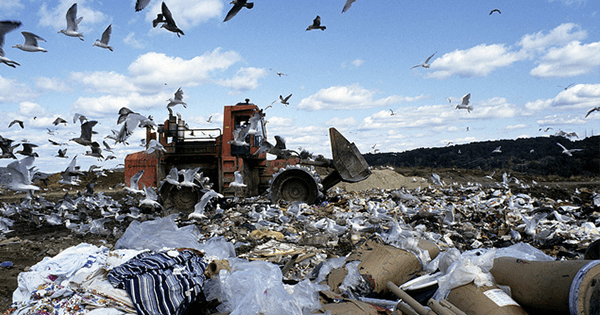
I went to the dump the other day in search of materials for an addition to our chicken coop. We’d been talking about adding a covered outdoor space for months, for years really, so that the hens can get out of the weather even while outside. When it rains, their pen—fenced with salvaged salmon seine net—turns into a mud pit.
I built most of the original coop with materials from the dump: a four-foot-square engine box, old metal roofing, and scrounged scraps I nailed together for nest boxes. I knew I’d hit the jackpot when I’d spotted that engine box. It was a stout container with two-inch-thick hardwood planks on the floor and plywood sides. The dump manager helped my friend and me heft it into the back of her pickup.
There’s no municipal waste service in Homer, which means that nearly everyone hauls their trash to the dump. So you often see people you know there, especially on Sundays, when it becomes a sort of default community center. And the employees are used to people coming by to salvage. There are regulars, of course, and when I pulled up to the pile of construction debris, I couldn’t help but wonder what the other scavengers were going to do with the junk they were hauling home.
I hadn’t been there five minutes when one of the employees, in a bright yellow vest, asked me what I was looking for. Metal roofing, I told him. And then he took me over to the pile of scrap metal, where we found half a dozen short sections of somewhat dented brown metal roofing among discarded police cruiser lights. A little while later, he tipped me off when a guy pulled in to unload long pieces of unscathed roofing from the back of his truck. I took those instead.
A few years ago, our dump was converted from a landfill to a “transfer station,” which is a nice way of saying that we filled our landfill, so now most of the local trash is trucked up the road to a larger hole in the ground about 90 miles away. Construction waste is still piled locally. Until the conversion, plastic bags blew out of the open heaps of trash into the high branches of spruce trees along nearby ski trails, and the dump was a great place to watch bald eagles.
It still amazes me how cheap it is to have someone else deal with your junk. You can dump a dead horse at the transfer station for five dollars, a dead car for 10. At least here, where there are roads, the trash can fairly easily be taken away. In Alaska’s Bush villages, it’s too expensive and difficult to get rid of all those snowmachines, truck batteries, oil drums, and cases of soda. So the junk piles up.
One drawback of our transfer station is that, now that the main piles of trash have been capped and planted with grass, we don’t see the stuff anymore. Some things about our rich, modern lives should be constantly in view: how much trash we produce is one of those things, its persistence another.
For now, the stuff I hauled home from the dump is piled next to our house, untouched. At some point, we’ll get to it.

